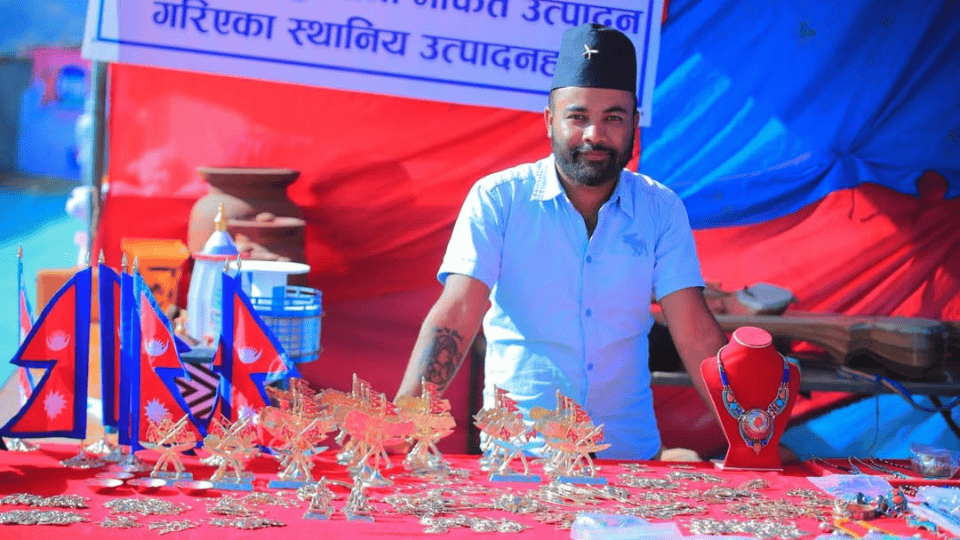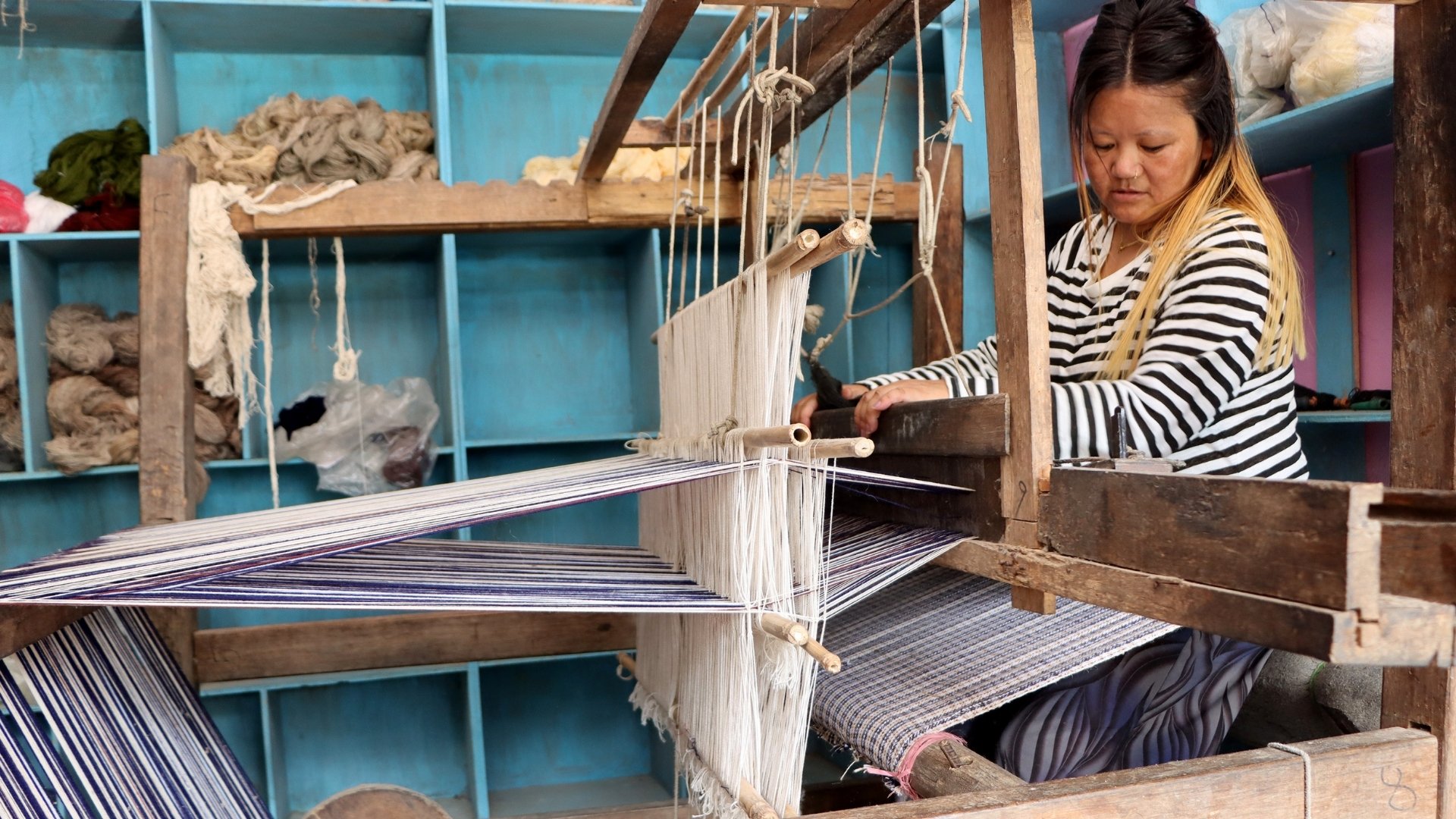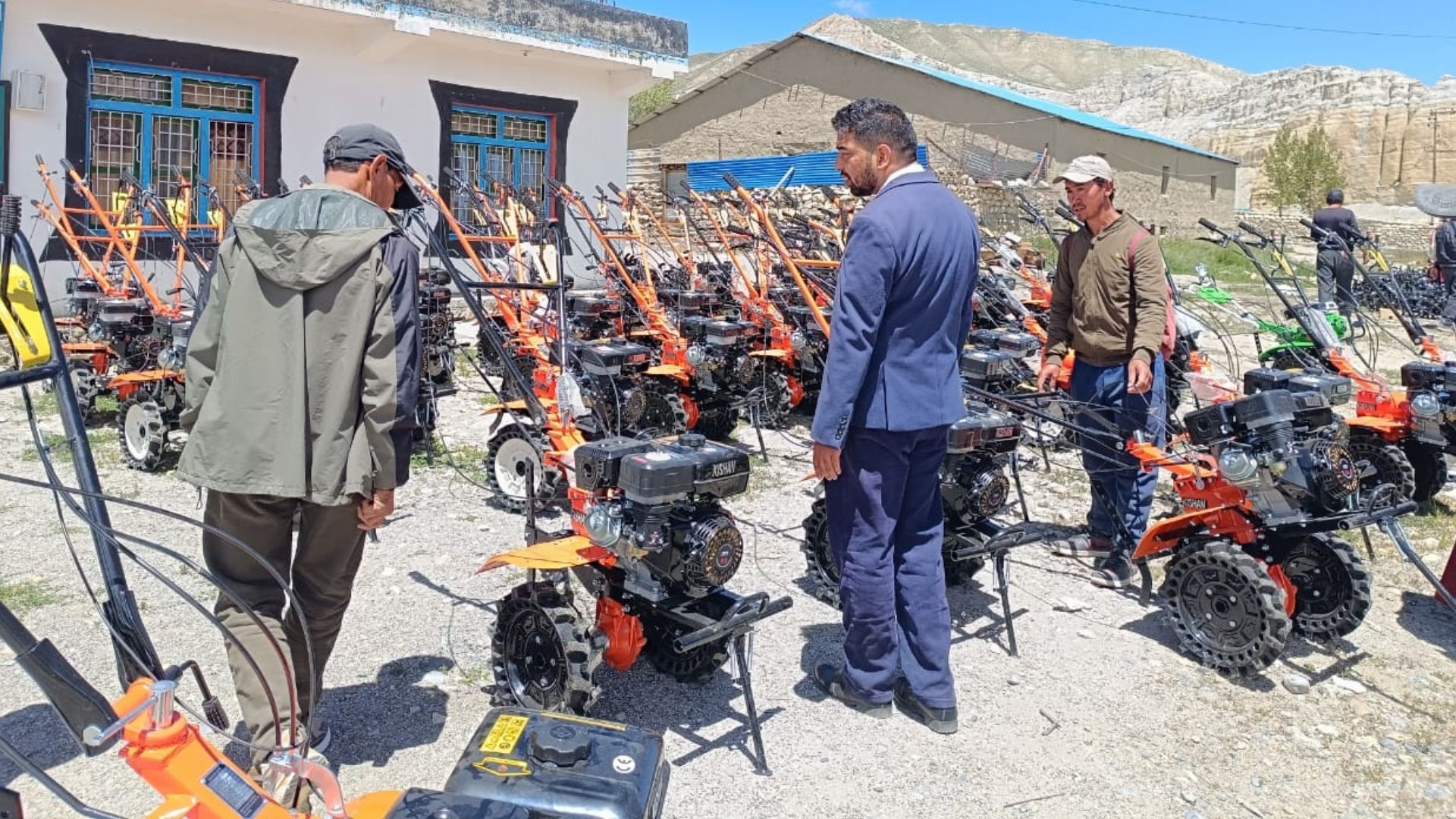Compared to the previous year, honey production in the fiscal year 2081 B.S has notably decreased. According to the Nepal Beekeepers Federation, production fell by 1,070 tons, totaling just 3,875 tons in 2081, down from 4,945 tons in 2080.
Explaining the causes of this drop, Federation President Subash Chandra Ghimire pointed to the inability to sell last year’s honey, disputes over grazing lands, uncontrolled pesticide use, rising prices of beekeeping equipment, expensive transportation, and the prevalence of counterfeit and adulterated honey. According to him, these challenges have discouraged farmers and increased the risk of them abandoning professional beekeeping.
More beekeepers, yet less production
As per the federation’s data, the number of beekeepers rose from 8,100 to 8,398 compared to the previous year. However, the number of professional beekeepers declined from 1,965 to 1,568. The majority of professional beekeepers rear the Apis mellifera species, whose numbers have dropped.
Conversely, the number of farmers keeping the domestically popular Apis cerana bees has increased. Last year, 6,135 farmers kept cerana bees; this year, the figure rose to 6,830. In 2081, a total of 91,435 mellifera and 180,578 cerana bee colonies were kept, according to the federation.
Stored honey also declines
Alongside reduced production, the quantity of stored honey has also significantly dropped. While 3,143 tons of honey were in stock in 2080, only 197 tons remained in 2081. This raises concerns about potential honey shortages in the market.
President Ghimire warned that a lack of investment, market security, and policy clarity has put the beekeeping sector in crisis. He urged the government and concerned stakeholders to pay serious attention to protecting beekeepers and promoting honey production.















